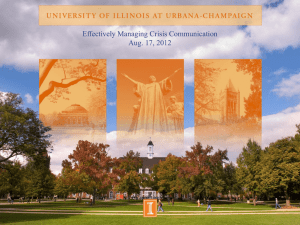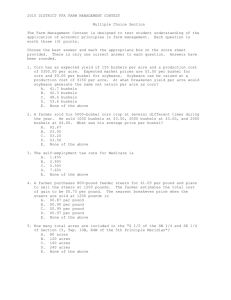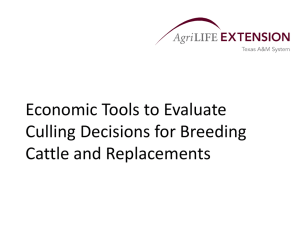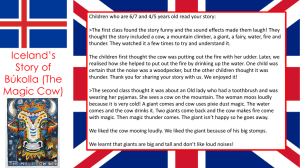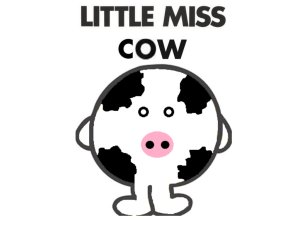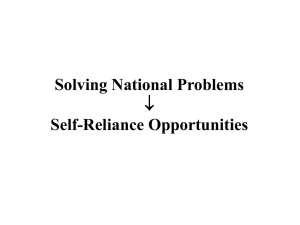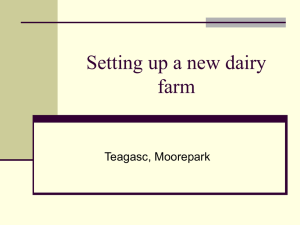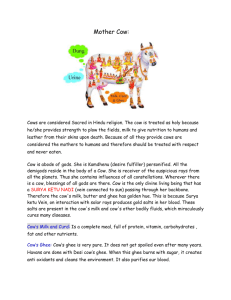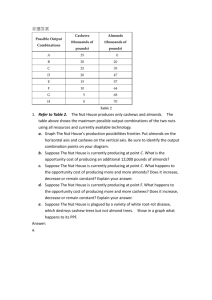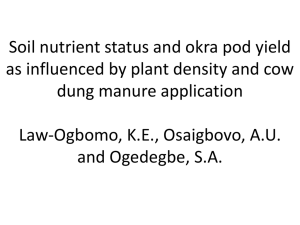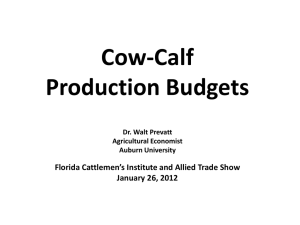Ecological Succession
advertisement
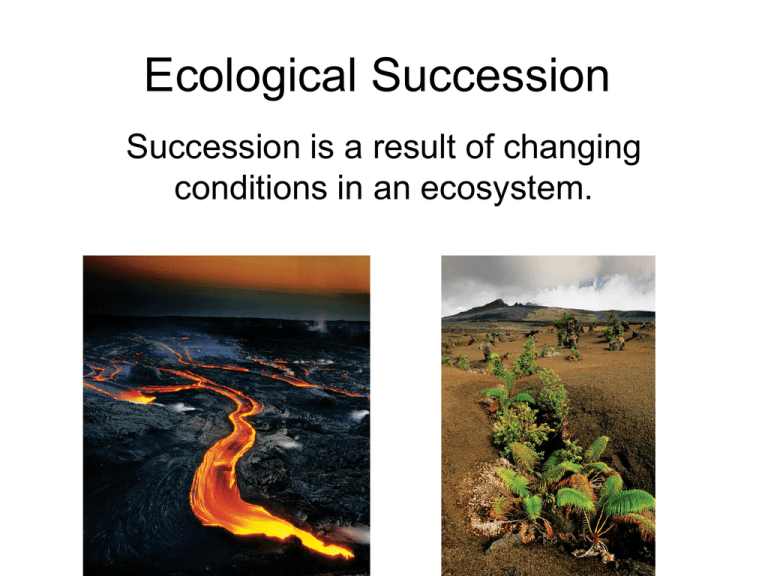
Ecological Succession Succession is a result of changing conditions in an ecosystem. Succession regenerates or creates a new community. • a sequence of biotic changes • damaged communities are regenerated • new communities arise in previously uninhabited areas 2 types of succession: Primary and Secondary • primary succession — started by pioneer species, such as lichens and mosses • occurs in previously uninhabited area • example: when bare rock is exposed by receding glacier Secondary succession is started by remaining species • occurs after fires or natural disasters Primary or Secondary? • Early settlers cleared forests and replanted with crops. • An abandoned parking lot cracks and weeds begin to grow. • A volcano erupts, but within years plants begin to inhabit the barren lava. • A farmer stops growing crops in a field and lets it return to nature. • Sand dunes develop due to wind. Soon pioneer species begin living on the dunes. A small group of people are stranded on a barren desert island. They have 500 bushels of wheat and one cow. What should they do to survive for the greatest length of time? A small group of people are stranded on a barren desert island. They have 500 bushels of wheat and one cow. What should they do to survive for the greatest length of time? A. Eat the wheat and then eat the cow B. Eat the cow and then eat the wheat C. Feed the wheat to the cow, drink the milk, and then eat the cow. Only ___ % of the energy from one trophic level passes to the next. What happens to the remaining 90%? It is used by the organisms or converted to heat A small group of people are stranded on a barren desert island. They have 500 bushels of wheat and one cow. What should they do to survive for the greatest length of time? A. Eat the wheat and then eat the cow B. Eat the cow and then eat the wheat C. Feed the wheat to the cow, drink the milk, and then eat the cow.



